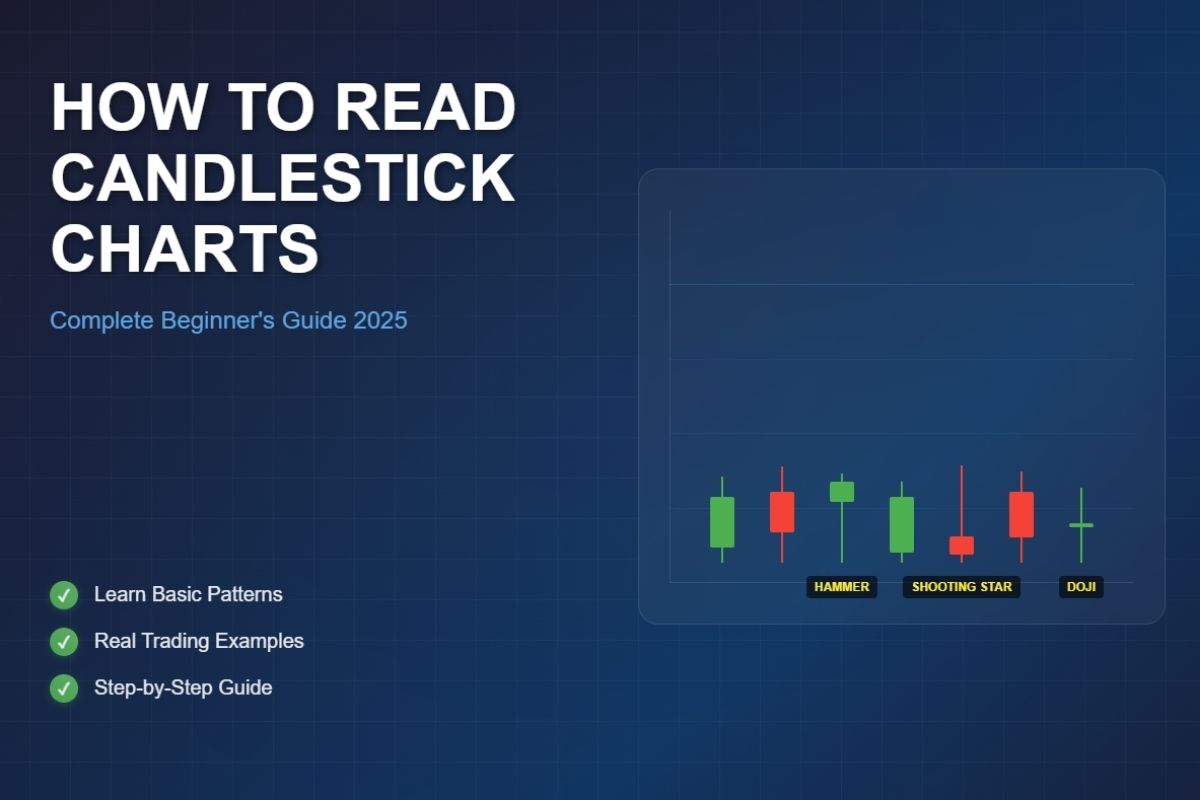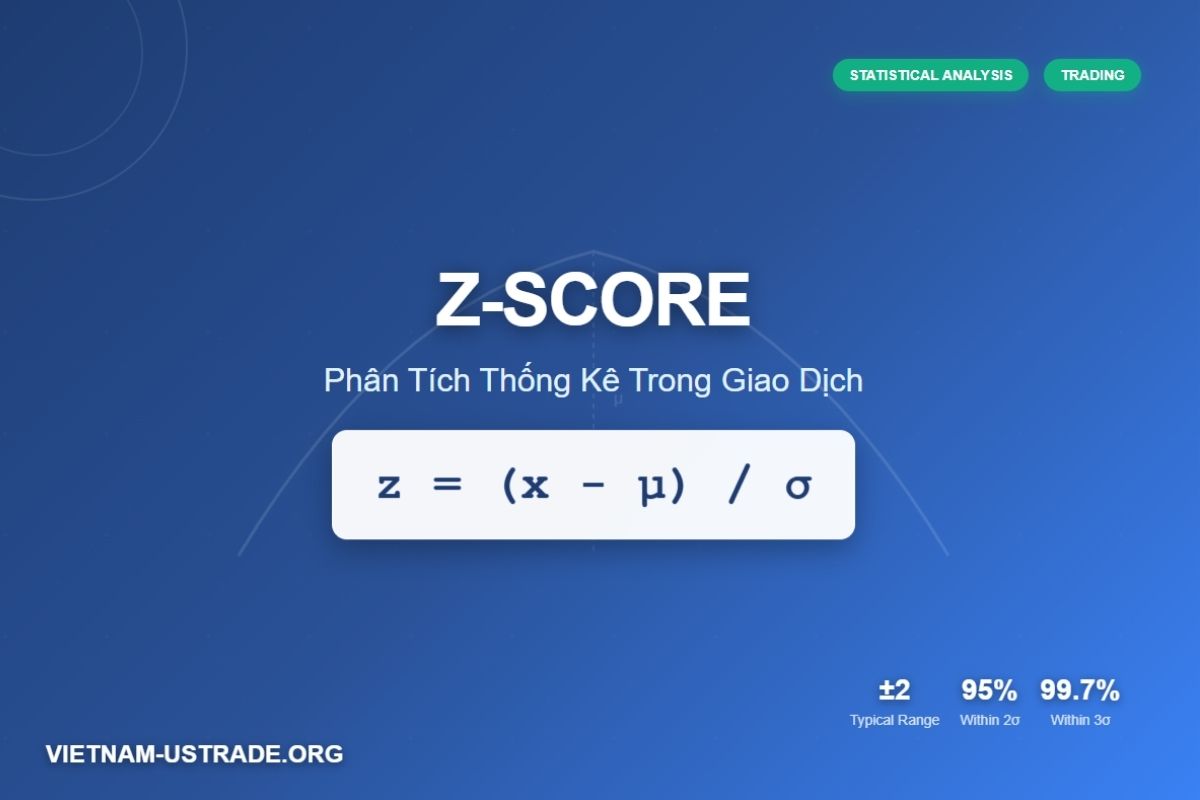When was the proof of stake consensus algorithm first introduced? The Proof of Stake (PoS) algorithm was first introduced in 2011 as a more energy-efficient alternative to traditional Proof of Work systems like Bitcoin. Instead of using electricity-intensive mining, PoS allows coin holders to validate transactions by “staking” their coins.
If you’re tired of high energy costs and complex mining setups, PoS offered a revolutionary path toward sustainability, fairness, and accessibility in blockchain validation.
In this article, Vietnam-UStrade will walk you through the origin, evolution, and long-term impact of PoS – helping you understand why this innovation changed the future of crypto.
1. When was the proof of stake consensus algorithm first introduced?
The Proof of Stake consensus algorithm was first proposed in 2011 and saw its initial implementation in 2012. The concept appeared on the BitcoinTalk forum, credited to a user named QuantumMechanic. Shortly after, Peercoin became the first cryptocurrency to use PoS in practice.

This introduction marked a key moment in blockchain technology by offering a less energy-intensive alternative to Proof of Work, setting the stage for new generations of blockchains focused on sustainability and efficiency.
2. Who first proposed proof of stake? (Origin story & motivation)
The idea of Proof of Stake was introduced by the forum user QuantumMechanic in a 2011 BitcoinTalk post. The motivation was clear: Bitcoin’s Proof of Work method was criticized for its growing energy consumption and reliance on specialized mining hardware.
QuantumMechanic suggested that instead of miners competing with electricity, validators could be selected based on the number of coins they hold and are willing to lock up, or “stake.” This shift aimed to reduce power use and bring fairness to transaction validation.

The original forum post (BitcoinTalk thread #21096) set the foundation for this new trust model by pointing to the sustainability issues of PoW and proposing a fresh approach that relied on economic stake over raw computational power.
- 2011: QuantumMechanic proposes PoS on BitcoinTalk.
- Motivation: Reduce energy usage and increase fairness in validation.
- Original post highlights PoW limitations and suggests staking coins as a new security method.
This foundational idea sparked wide interest and debate in the crypto community. Many began to wonder: when was the Proof of Stake consensus algorithm first introduced in a real-world blockchain? That answer came just a year later with Peercoin.
3. First implementation of proof of stake: The Peercoin case
Peercoin, created by Sunny King and Scott Nadal in 2012, was the first cryptocurrency to implement Proof of Stake on a live blockchain. Rather than fully abandoning Proof of Work, Peercoin launched as a hybrid system combining both PoW and PoS.
Early PoS innovation focused on “coin age,” a concept that took into account how long coins were held before staking, which helped select validators more fairly. In Peercoin, users could stake their coins to mint new blocks and earn rewards without the enormous electricity costs linked to PoW mining.

The process worked by requiring holders to lock up their coins for a certain period to gain the chance to validate new blocks. The older and larger the stake, the higher the chance a user had to propose the next block.
This mix of time and amount helped secure the network while minimizing the risk of centralization. Peercoin’s whitepaper laid out these mechanisms clearly and is often cited as the foundation for PoS design.
- 2012: Peercoin launches as first PoS active blockchain.
- Sunny King and Scott Nadal lead the project.
- Hybrid PoW/PoS model with coin age concept.
- Staking coins grants block validation rights and rewards.
Users lock up coins to become validators this is commonly referred to as Bitcoin staking, though PoS systems are broader than Bitcoin itself.
4. Early evolution: Other PoS projects and key variants
After Peercoin’s implementation, the crypto space quickly began exploring new variants of PoS. But before diving deeper, it’s worth revisiting when was the Proof of Stake consensus algorithm first introduced, as this timing shaped the early direction of blockchain innovation.

Following Peercoin’s lead, several other projects embraced PoS or mixed consensus models. Notable early PoS or hybrid blockchains include:
- Nxt (2013): One of the first to use a pure PoS system without PoW.
- Blackcoin (2014): Focused on enhancing PoS security and reducing initial energy use.
- Delegated Proof of Stake (DPoS) (2014+): Introduced by projects like BitShares, DPoS allowed stakeholders to vote for trusted validators, increasing transaction speed and scalability.
These variants improved on the original PoS in different ways, addressing concerns like efficiency, decentralization, and governance. The table below summarizes some early PoS projects and key features:
| Project | Launch Year | Consensus Type | Key Innovation |
|---|---|---|---|
| Peercoin | 2012 | Hybrid PoW/PoS | Coin age staking |
| Nxt | 2013 | Pure PoS | Eliminated PoW |
| Blackcoin | 2014 | Pure PoS | Improved security measures |
| BitShares | 2014 | Delegated PoS (DPoS) | Voting-based validator selection |
5. Why was proof of stake significant? (Benefits & early criticism)
Proof of Stake brought many early benefits that made it stand apart from Proof of Work, though it also faced criticisms. Here’s a balanced look:
| Benefits | Risks and Criticisms |
|---|---|
| Much lower energy use compared to PoW | Early concerns about “nothing at stake” problem where validators might approve conflicting chains |
| Lower entry barriers no need for expensive mining rigs | Worries about wealth concentration giving more power to big stakeholders |
| Faster transaction finality and potentially greater scalability | Less battle-tested security than PoW initially |
| Accessible to wider participation, including smaller holders | Early skepticism about decentralization and validator incentives |
Many of these concerns have been addressed by improvements in PoS algorithms and network design. Today, PoS is widely recognized for offering a practical and secure alternative to energy-heavy PoW methods.
6. Milestones in the development and adoption of PoS
Proof of Stake has evolved steadily since its debut, with key milestones paving the way for mainstream adoption:

- 2012: Peercoin launches first PoS system.
- 2013-2014: Nxt, Blackcoin, and BitShares develop new PoS and DPoS models.
- 2018: Ethereum begins research on transitioning from PoW to PoS with the Casper protocol.
- 2022: Ethereum completes its transition to PoS, drastically cutting its energy use.
- Ongoing: Development of Tendermint and other PoS-based consensus for blockchains like Cosmos.
These events were milestones that shaped the path from early ideas to mainstream adoption. But it all began back in 2011, when the Proof of Stake consensus algorithm was first introduced on the BitcoinTalk forum.
These milestones reflect growing acceptance of PoS as a viable, sustainable blockchain consensus method.
7. How does proof of stake work? (Block validation and variants explained)
At its core, Proof of Stake works by letting coin holders lock up or “stake” their coins to become validators. Here’s a simple step-by-step overview:
- Stake Coins: Users lock a certain amount of coins as a stake.
- Validator Selection: The network chooses validators based on factors like stake size and randomly, mixing fairness and security.
- Block Validation: Selected validators create and confirm new blocks of transactions.
- Rewards: Validators earn coins as rewards for honest participation.
There are different types of PoS:
- Classic PoS: Validators are selected mainly based on stake age and amount.
- Hybrid PoS/PoW: Combines mining and staking to balance security, as Peercoin did.
- Delegated PoS (DPoS): Stakeholders vote to elect trusted validators, improving efficiency and speed.
Compared to PoW, PoS uses very little energy because it doesn’t require solving complex puzzles. Instead, it relies on economic incentives to keep the network honest and secure.
Further reading for curious traders:
8. FAQs about the proof of stake consensus algorithm’s introduction
8.1 Who created Peercoin and when was its mainnet launched?
Peercoin was created by Sunny King and Scott Nadal and launched its mainnet in 2012.
8.2 Was Peercoin “pure” PoS at launch?
No, it used a hybrid model combining PoW and PoS mechanisms.
8.3 How did early PoS differ from modern PoS?
Early PoS focused on coin age and combined systems, while modern PoS includes advanced features like DPoS and slashing penalties.
8.4 What problems did PoS solve versus PoW?
PoS reduced energy consumption and lowered barriers for participation.
8.5 Is PoS more secure than PoW?
PoS has proven very secure with proper design and has greatly improved scalability.
8.6 What were early criticisms or myths about PoS?
Concerns included “nothing at stake” and centralization; many were addressed over time.
8.7 How has PoS evolved since its first use?
It has evolved from simple stake-based selection to complex, efficient, and scalable consensus mechanisms.
9. Conclusion
When was the proof of stake consensus algorithm first introduced? In 2011, offering a cleaner and more inclusive path for blockchain security. With its first real-world use in 2012 via Peercoin, it showed the world that energy-heavy mining wasn’t the only way to maintain a secure decentralized system.
To recap, here are the key points you should remember:
- PoS was proposed in 2011 by QuantumMechanic on BitcoinTalk.
- Peercoin was the first cryptocurrency to implement it in 2012.
- It reduces energy consumption compared to PoW and enables broader participation.
- Over the years, PoS evolved into several variants like DPoS and now powers major networks like Ethereum.
Don’t forget to follow the Trader & Trading category on Vietnam-UStrade to stay updated with the latest crypto insights and trends.
Have you used or staked in a PoS-based blockchain yet?
We hope this guide helps you better understand PoS and its place in the crypto ecosystem. Feel free to leave a comment below if you have any questions or want to share your experience with staking or validator selection.





